Tellaro, the "eternal song of the sea" that captivated David Herbert Lawrence
We are in the easternmost part of Liguria, on the border with Tuscany, on the alleys of a village perched on the top of a promontory: Tellaro, a dream of colorful houses hidden among the rocks of one of the most beautiful areas in Italy.
It is the last village in the Golfo dei Poeti: the only road to get there starts from Lerici (and remains closed in case of weather alert level 2 or higher: at Lerici a sign, updated daily, tells the traveler whether or not it is possible to reach Tellaro), skirts the gulf offering magnificent views of its blue sea and characteristic beaches and passing through the places beloved by David Herbert Lawrence (Eastwood, 1885 - Vence, 1930), who stayed in these parts. In fact, the great English writer lived for a few months, between 1913 and 1914, in Fiascherino, a town that lies halfway between Lerici and Tellaro. The road, after about three kilometers, leads the traveler straight to Tellaro’s small square, Piazza Figoli, where he is greeted by the hubbub of tourists and guests of the small guesthouses and restaurants that overlook it.
Tellaro is tranquility in the form of stones and bricks. Due to the particular conformation of the village, with its very narrow caruggi that often turn into stairways, motor vehicle traffic is not allowed, and they are forced to stop before entering the village. However, this does not prevent Tellaro from being a particularly popular destination for tourists and travelers who stay in Lerici and for whom Tellaro represents the main excursion. As a result, in summer the village comes alive and becomes particularly busy. What happens in winter, however, is different, when only the roar of the waves of the sea and the garritos of the seagulls are the only sounds that can be heard even for several hours.
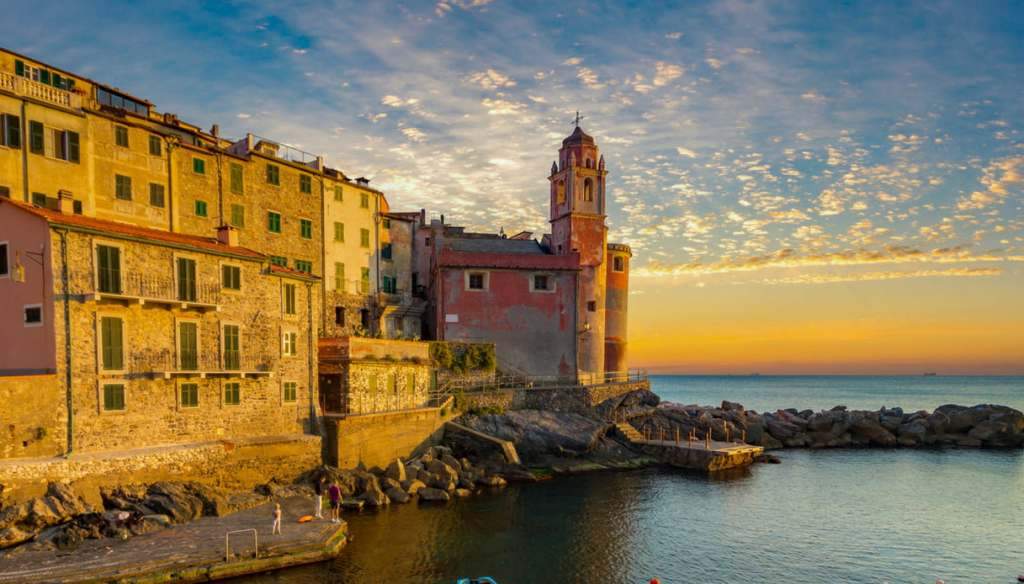 |
| View of Tellaro |
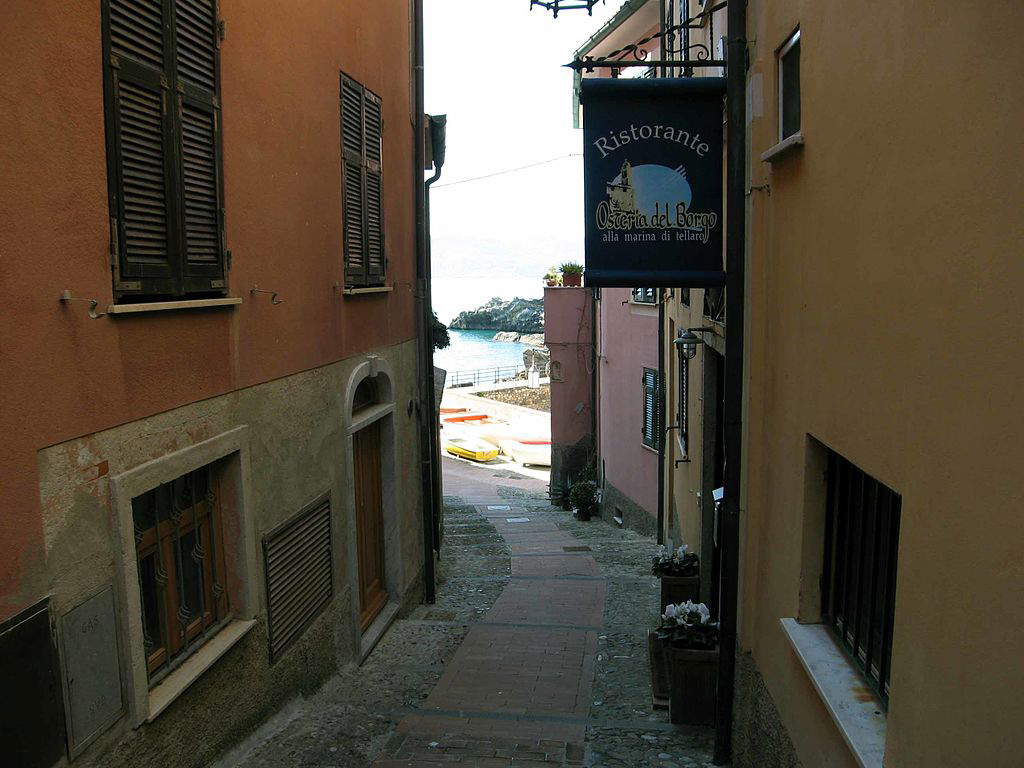 |
| In the alleys of Tellaro |
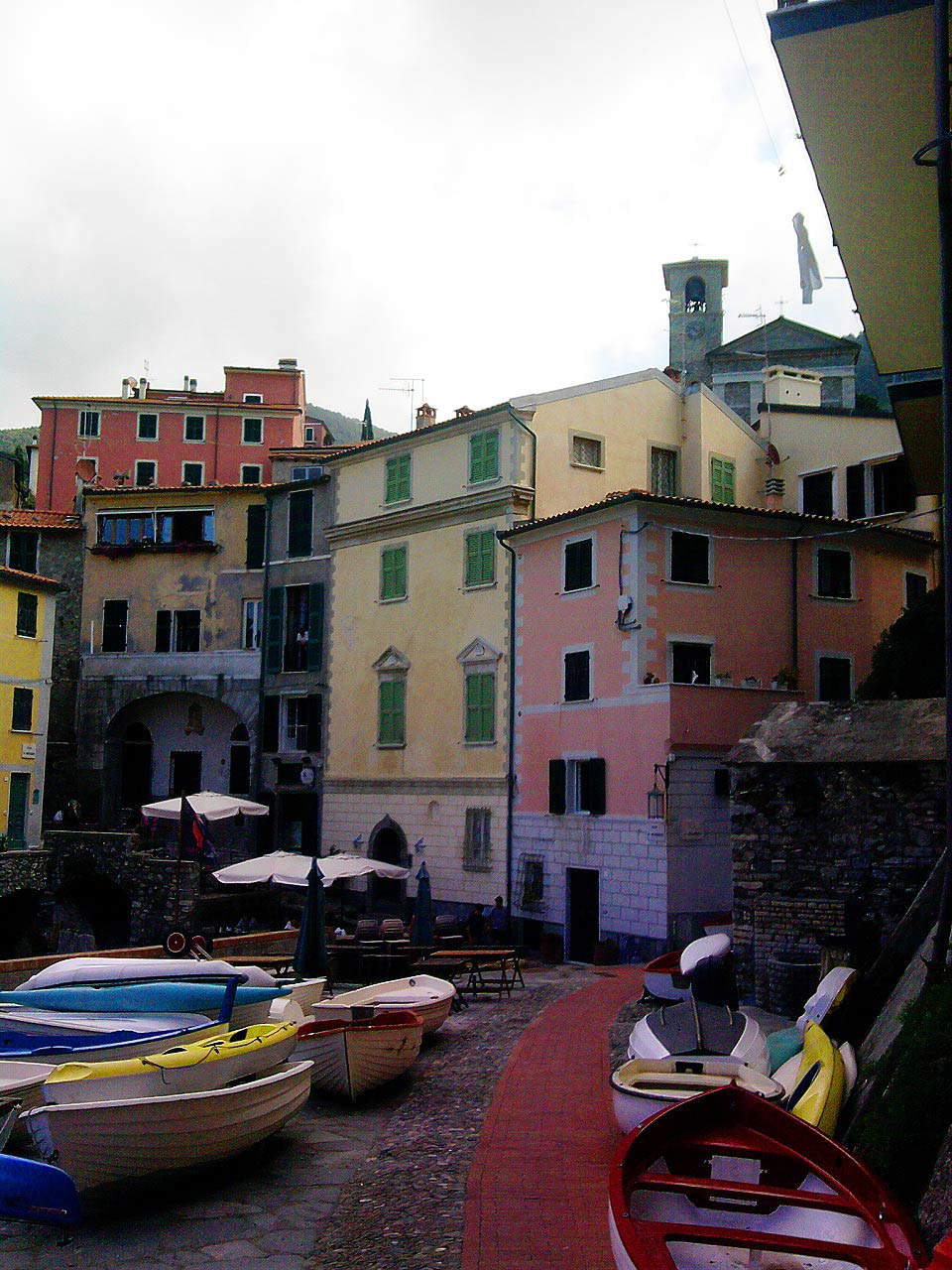 |
| In the alleys of Tellaro |
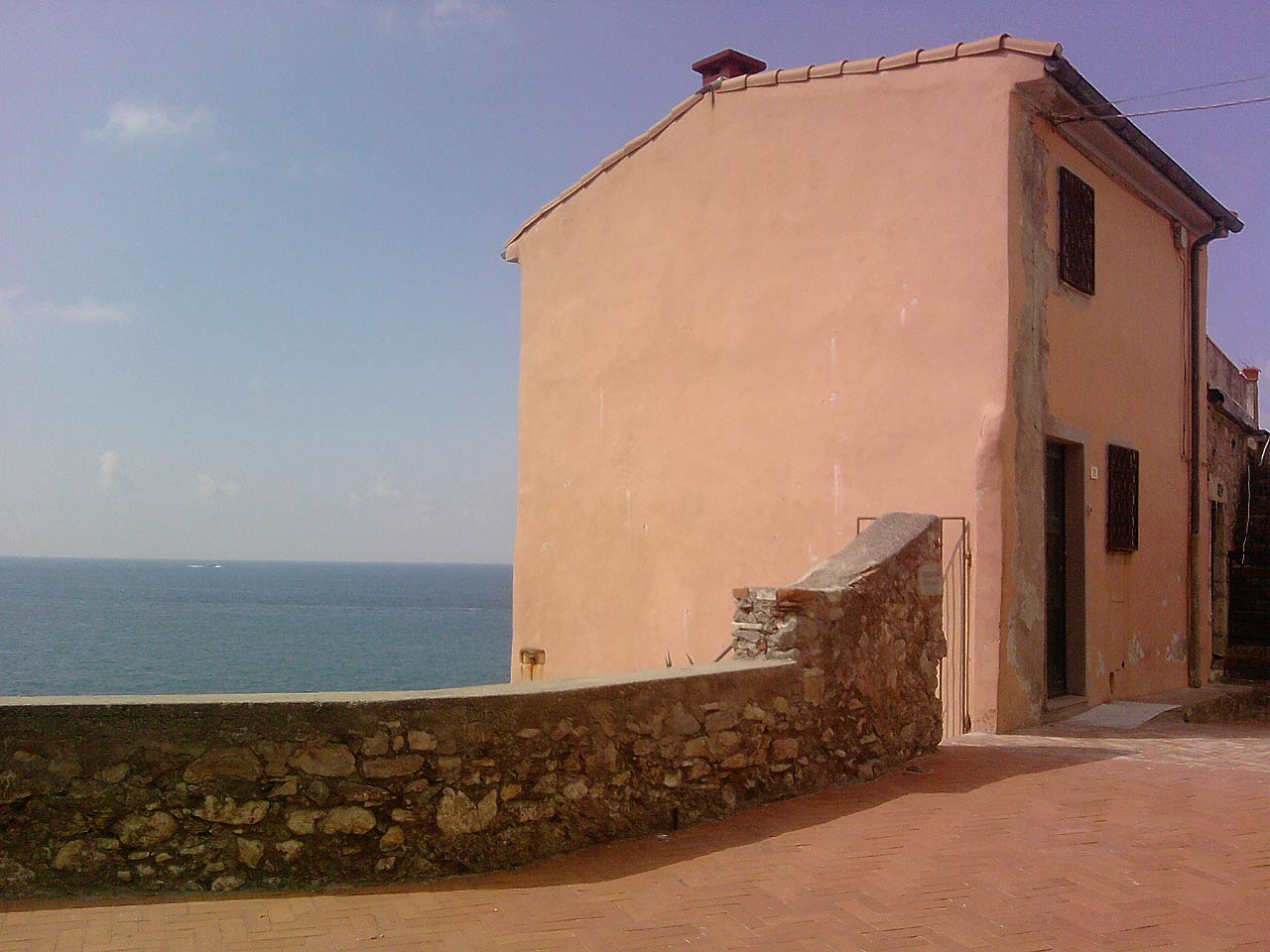 |
| In the alleys of Tellaro |
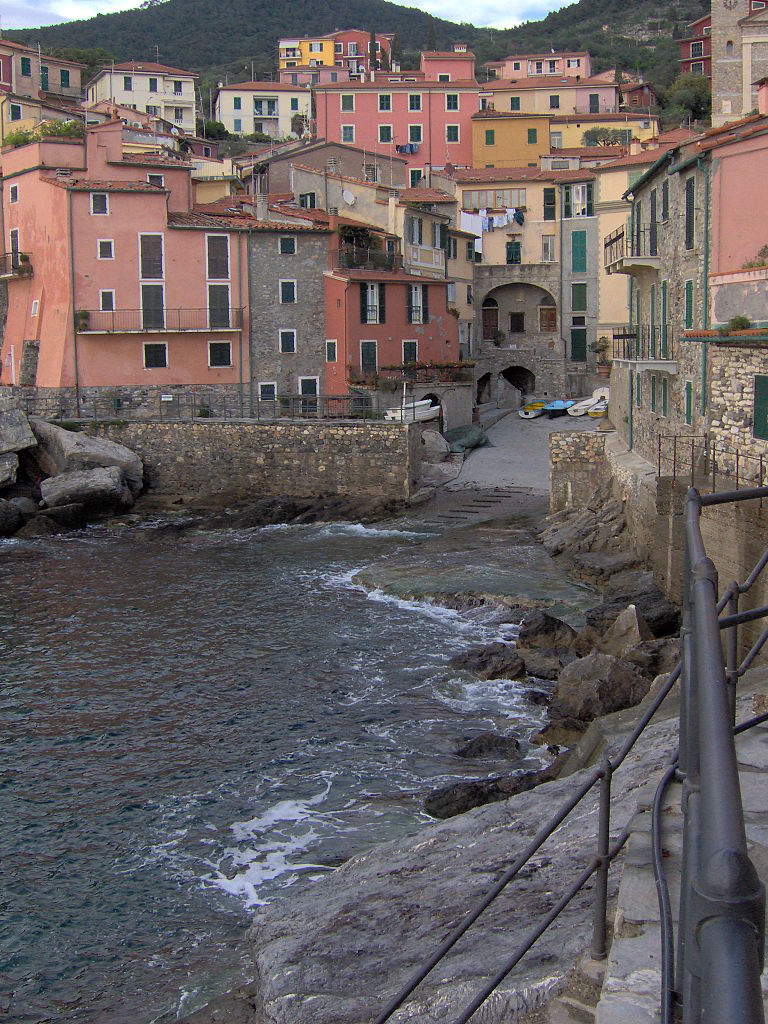 |
| Sea in Tellaro |
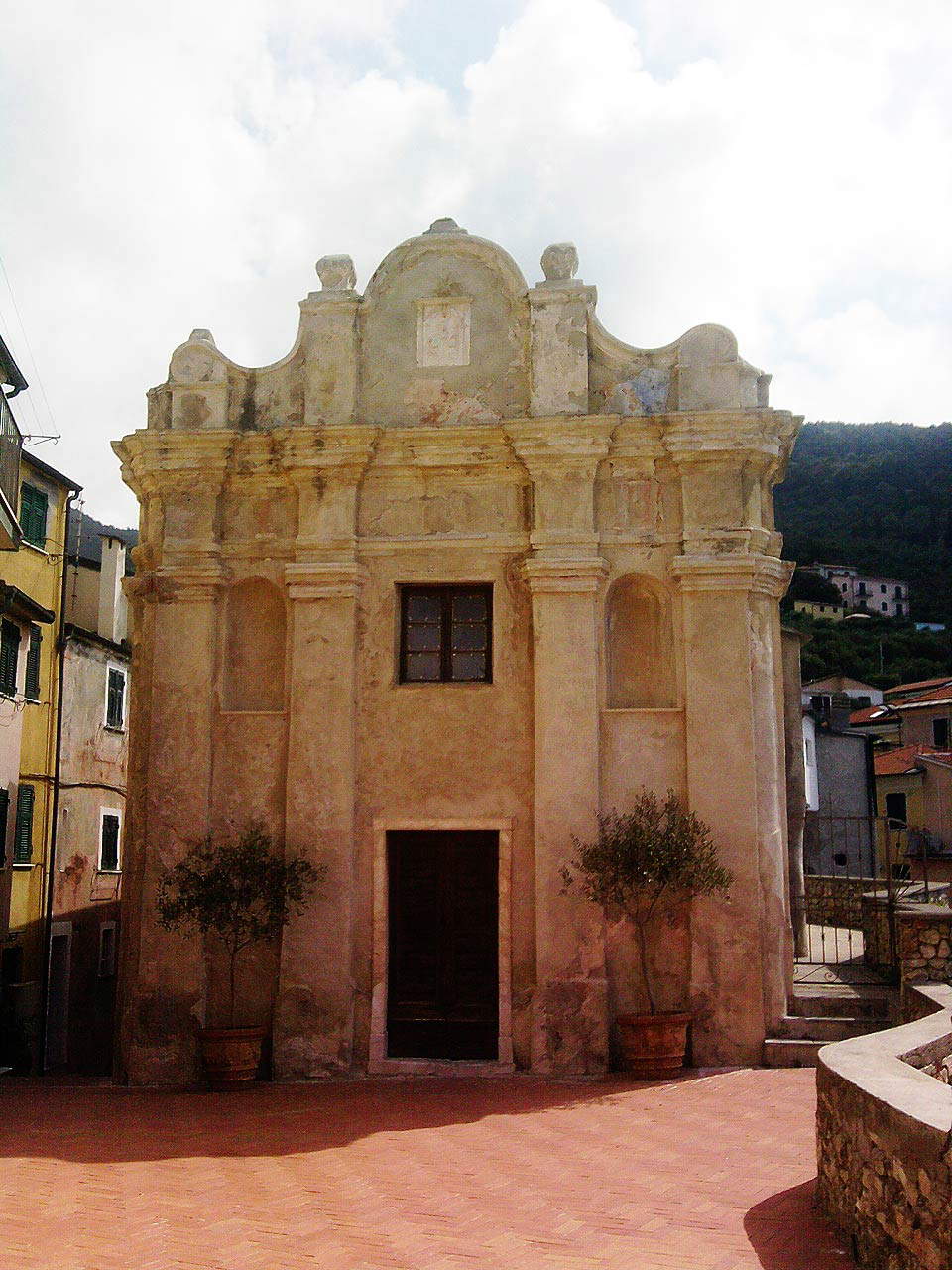 |
| The oratory of Santa Maria in Selàa |
Before arriving in the main square, one can linger in the belvedere that allows one to admire Tellaro from above and, of course, the entire Gulf of La Spezia. The belvedere is dedicated to Eoa Rainusso (Santa Margherita Ligure, 1888 - Tellaro, 1976), who is introduced by a plaque that indicates her to us as A mèstra de Teàe (“the teacher of Tellaro” in the local dialect): she was an elementary school teacher who arrived very young (not even in her twenties) in Tellaro to work in the village school, and spent her entire career here, which lasted throughout the first half of the twentieth century (moreover, she is also known to have taught Italian in Lawrence). It was she who wrote some wonderful verses describing the village of Tellaro and its views: “The eternal song of the sea / winds in the kiss of the sun / in the face of distant Palmaria / to the floating sea Tino.”
Tellaro’s origins are very ancient: some speculate the presence of a settlement as early as Etruscan times. Certainly, we know that in the Middle Ages it was a defensive outpost: after all, the whole gulf can be observed well from here. And one of the possible origins of the village’s name would refer to the Latin word telus, meaning “arrow,” the one used by archers to defend fortifications. There are those who believe, on the other hand, that “Tellaro” would derive from “cloth,” because in the past it also had some importance in the trade of the fabric that arrived from nearby Tuscany.
Descending from the small square, the urban fabric immediately changes, and there are winding, steep alleys that follow the course of the promontory: they climb and then suddenly descend between buildings that cover the view, but sometimes open into small terraces or large windows that let us see the sea ahead. Arriving at the fork near the ancient stone tower, one of only two that survive of the three that once existed (the other was transformed into the bell tower of the church of San Giorgio), we take a small road that goes uphill, and after a few steps we find ourselves in a small square paved with terracotta tiles, which is overlooking the sea: the side that looks south is completely open, but there is a parapet that prevents us from falling into the water. The eastern side, on the other hand, is enclosed by the ancient oratory of Santa Maria Assunta, locally known as Santa Maria in Selàa (“on the altar”). It was built in the 17th century, a time when the village underwent major changes because the old castle, the one that served as a defensive outpost, no longer had any reason to exist and was therefore heavily transformed: even the houses today follow the perimeter of the fortification. The small church has an interesting Baroque facade on which four pilasters find space, and which ends at the top with a volute tympanum, with a curved course. In the center, we have a small marble relief depicting Our Lady of the Assumption.
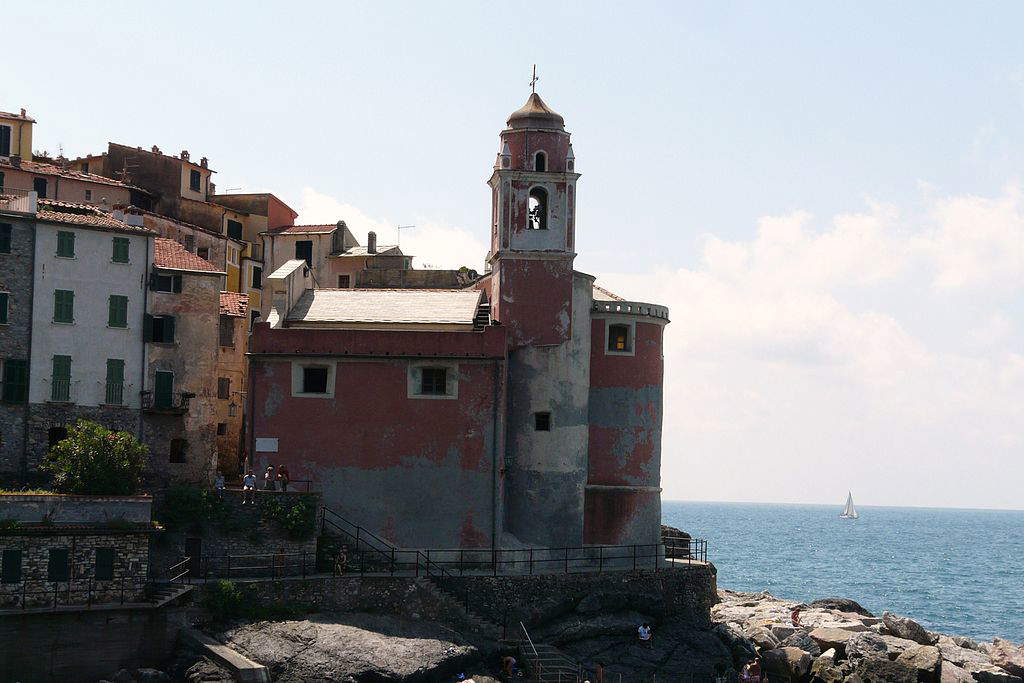 |
| The church of St. George. Ph. Credit Davide Papalini |
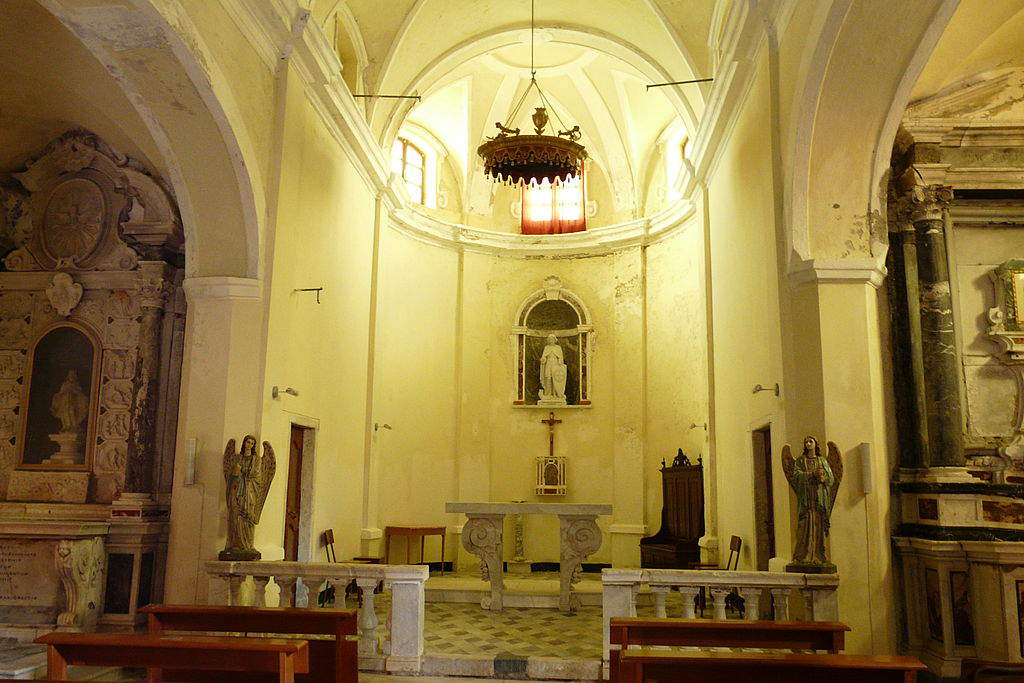 |
| Interior of the church of San Giorgio. Ph. Credit Davide Papalini |
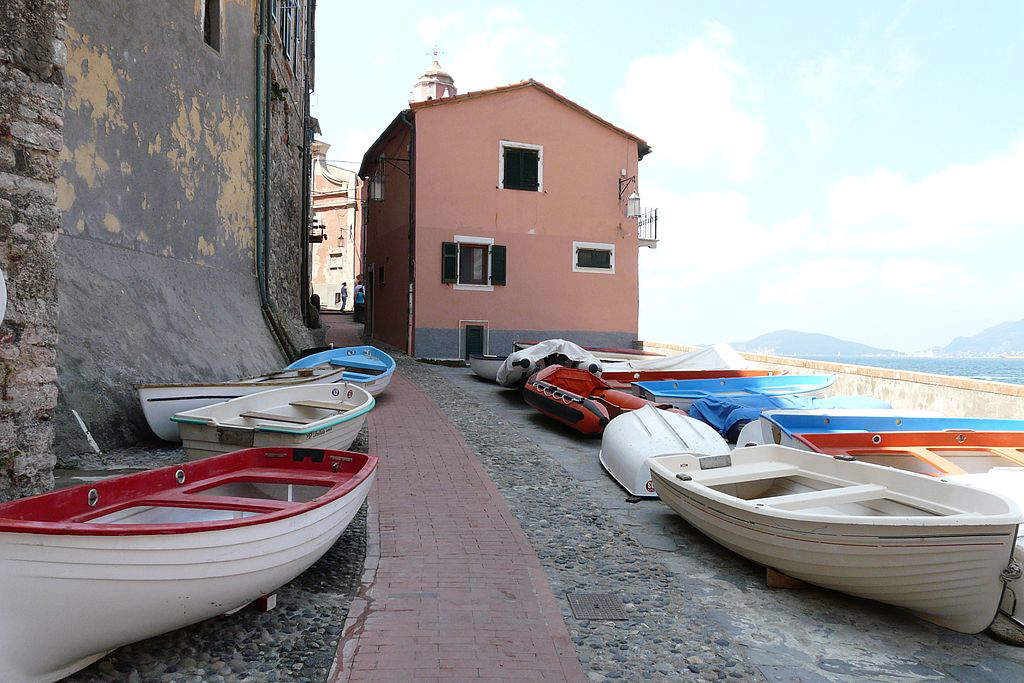 |
| Boats on the streets of Tellaro. Ph. Credit Davide Papalini |
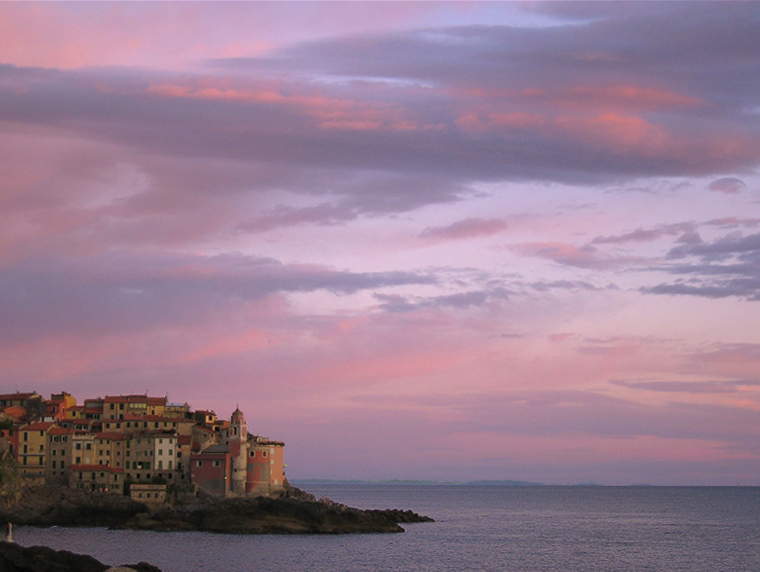 |
| Sunset in Tellaro |
We then take an alley going downhill, among houses with the typical pastel hues of this area of Liguria (pink, crimson, pale yellow) and arrive in front of the main church of Tellaro, the church of San Giorgio (the saint is depicted in a relief on the facade). It is entirely colored pink, although large chunks of color have fallen off, and most importantly it is all built on the rocks. It too dates from the 17th century, and its tall bell tower was one of the towers of the ancient castle. Around the church of St. George there is a celebrated legend that the people of Tellaro are always proud to tell: for it is said that on the night of July 19, 1660, six galleys of Saracen pirates commanded by a renegade named Gallo d’Arenzano, arrived in Tellaro with the intention of invading and plundering it. When the ships arrived, a huge octopus came out of the sea, climbed up the bell tower of the church, and with its tentacles began ringing the bells to sound the alarm to the population, who thanks to the octopus were thus able to drive the Saracens back into the sea. Since then, the octopus has become the symbol by exception of Tellaro, and it can be seen depicted everywhere: on ceramics, on the paintings of the artists who are often found painting in the streets of the village, and it is the protagonist of the main village festival, which takes place in August, when the women of Tellaro cook octopus alla tellarese in the square, boiled and seasoned with oil, olives, garlic, prezzesmolo, salt and pepper.
The interior of the church of San Giorgio is particularly austere: devoid of wall decorations, it does, however, feature several sculptures, mostly produced from the 17th century onward, and behind the altar we notice a niche within which a marble statue of St. George is kept. And here, within these walls, we immerse ourselves in the silence of the sacred building, listening only to the sound of the sea breaking on the shore outside the church. From the church then begins an alley where fishermen (and, in general, those who go to sea, even for fun) leave their small boats to rest and which leads to the marina, where the landing point for boats is located, but where it is not uncommon to find, in the summer, those who indulge in bathing in the waters of the gulf. And from here, finally, it goes upward, back to the main square.
And it will be good to know that those who walk through these alleys see a village not too different from the one where Lawrence went every day, who came here to pick up his mail, and on the way between Fiascherino and Tellaro (at the time, of course, there was not even a road: you got there via a mule track) he was enchanted to see the local women picking olives. He thought there was something mystical about this place. He had said so in a letter he sent on December 18, 1913, from Lerici to his friend William Hopkin: “When I go to Tellaro to pick up letters, I always expect to meet Jesus chatting with his disciples as he walks by the sea, under the light gray trees. The hills are full of voices, those of the peasant women with their children, all day and every day, under the pale shadows of the olive trees, as they pick the fruits that fall to the ground, filling basket after basket. Our village is Tellaro. It stands on the rocks, overlooking the sea, a pirate’s den of two hundred souls.”
 |
| Tellaro, the "eternal song of the sea" that captivated David Herbert Lawrence |
Warning: the translation into English of the original Italian article was created using automatic tools. We undertake to review all articles, but we do not guarantee the total absence of inaccuracies in the translation due to the program. You can find the original by clicking on the ITA button. If you find any mistake,please contact us.




























